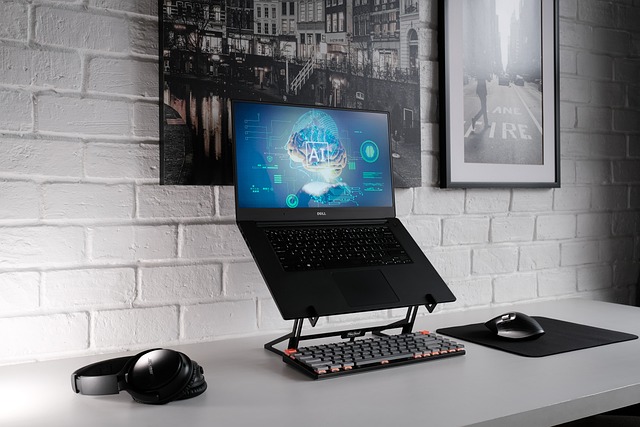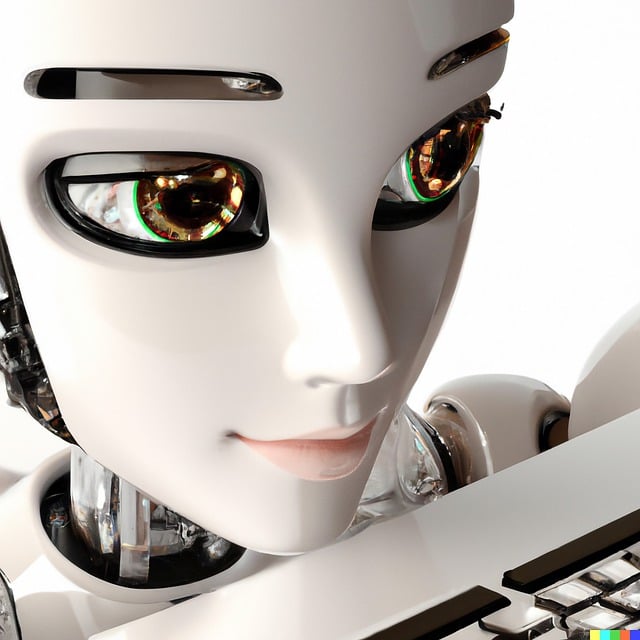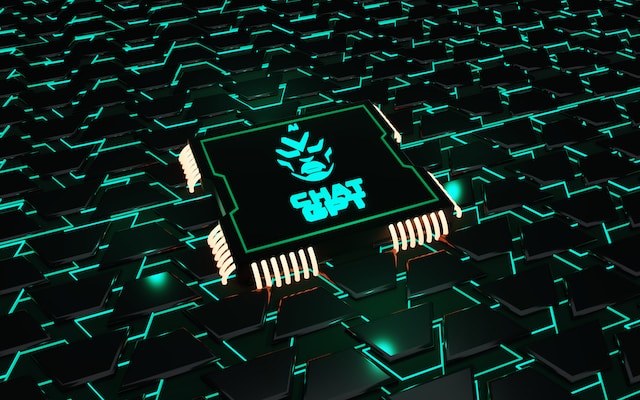
The world we live in today is one that is dominated by technology, and one of the most innovative areas of technology is computer vision. Computer vision, in simple terms, is the ability of a computer or machine to recognize, interpret and understand images and videos.
Computer vision has infiltrated every corner of our lives, from security systems to self-driving cars, from medical diagnosis and surgery to identifying objects in images and videos. The technology has become so advanced that it can detect and identify objects, track movement, and even sense emotions and reactions.
But the success of these systems is not only dependent on the technology itself, including database technologies like SQL or NoSQL, but also on the algorithms and models used to process and analyze the visual data. These algorithms must be trained with vast amounts of relevant data that can help them recognize patterns, adapt to changes, and improve their performance.
As we continue to rely more and more on the technology, it’s essential that we also consider its societal implications, both positive and negative. On the one hand, computer vision may help revolutionize industries and provide solutions to complex problems. Still, on the other hand, it may also have unintended consequences or reinforce existing biases and inequalities.
Nevertheless, there is no denying that computer vision is one of the most exciting and cutting-edge fields of technology today. The possibilities for innovation are endless, and we have only just begun to scratch the surface of what is possible. The future of computer vision is bright, and the implications for our society are potentially limitless.

So, let us embrace this technology and strive to use it to make our world a better place.
Use cases of computer vision:
The use cases include self driving cars, facial recognition systems, agriculture, manufacturing, healthcare, sports, retail, and security.
- Self-driving cars: Use computer vision to detect and classify objects in the environment, make decisions, detect where lanes are and how to stay within them, and navigate to destinations.
- Facial recognition systems: Use vision to analyze facial features, detect emotions and expressions, and authenticate individuals.
- Agriculture: Computerized vision tech is used to monitor crops, detect pests and diseases, and optimize crop yield.
- Manufacturing: Computer recognition technology is used for quality control, defect detection, and predictive maintenance.

- Healthcare: The technology is used for medical imaging, diagnosis, and surgery.
- Sports: Computers are being used for performance analysis, injury prevention, and referee assistance.
- Retail: Customer analytics, inventory management, and personalized recommendations all benefit from recognition technologies.
- Security: Advanced recognition technologies are being used for surveillance, threat detection, and access control.
As we can see, computer vision is revolutionizing various industries and transforming the way we live, work, and interact. However, it’s important to ensure that these applications are ethical, transparent, and accountable to avoid potential harms and promote fairness and justice. In the end, the responsible use of computer vision can lead to immense benefits for society, inspiring innovation, creativity, and progress.
